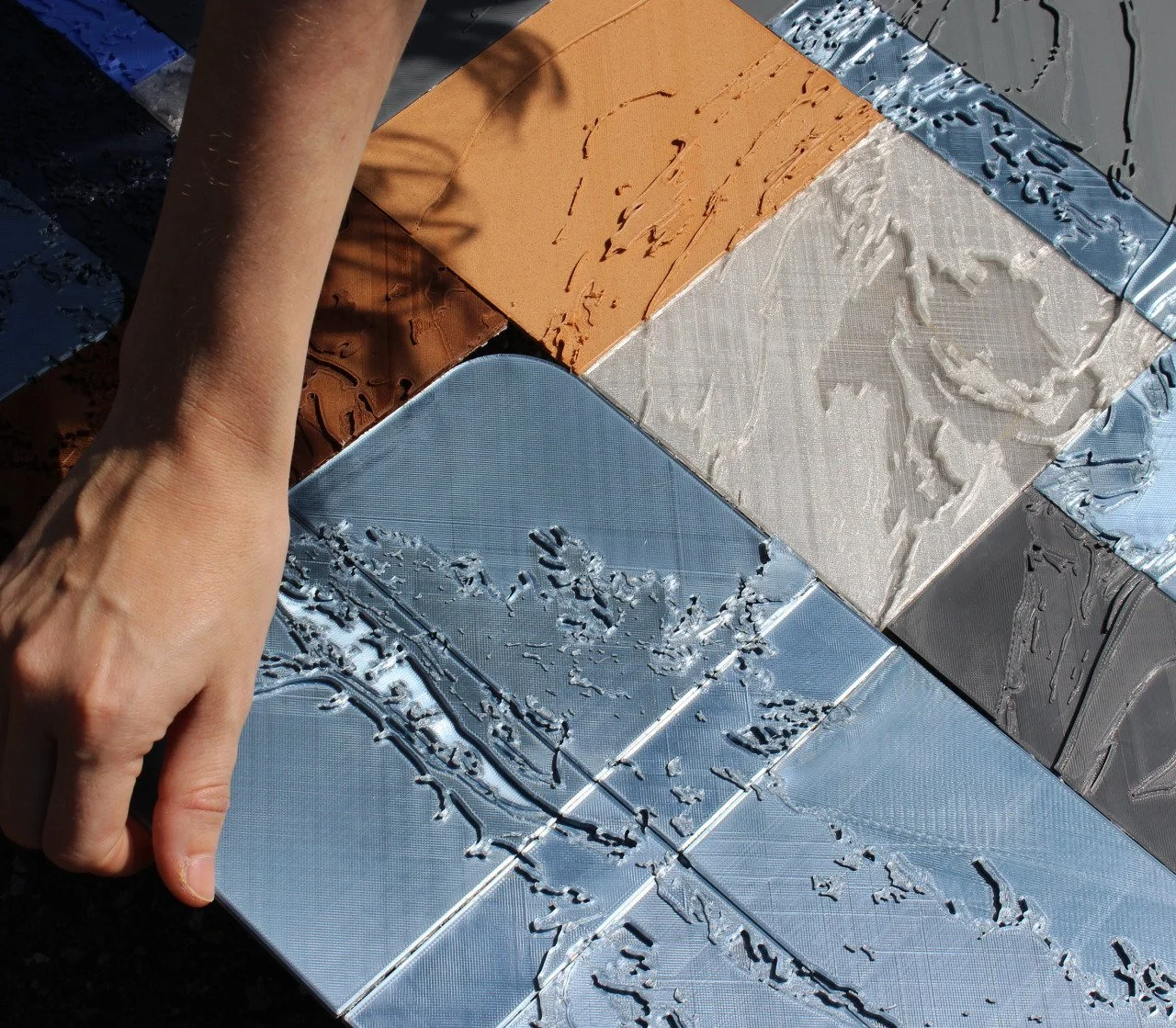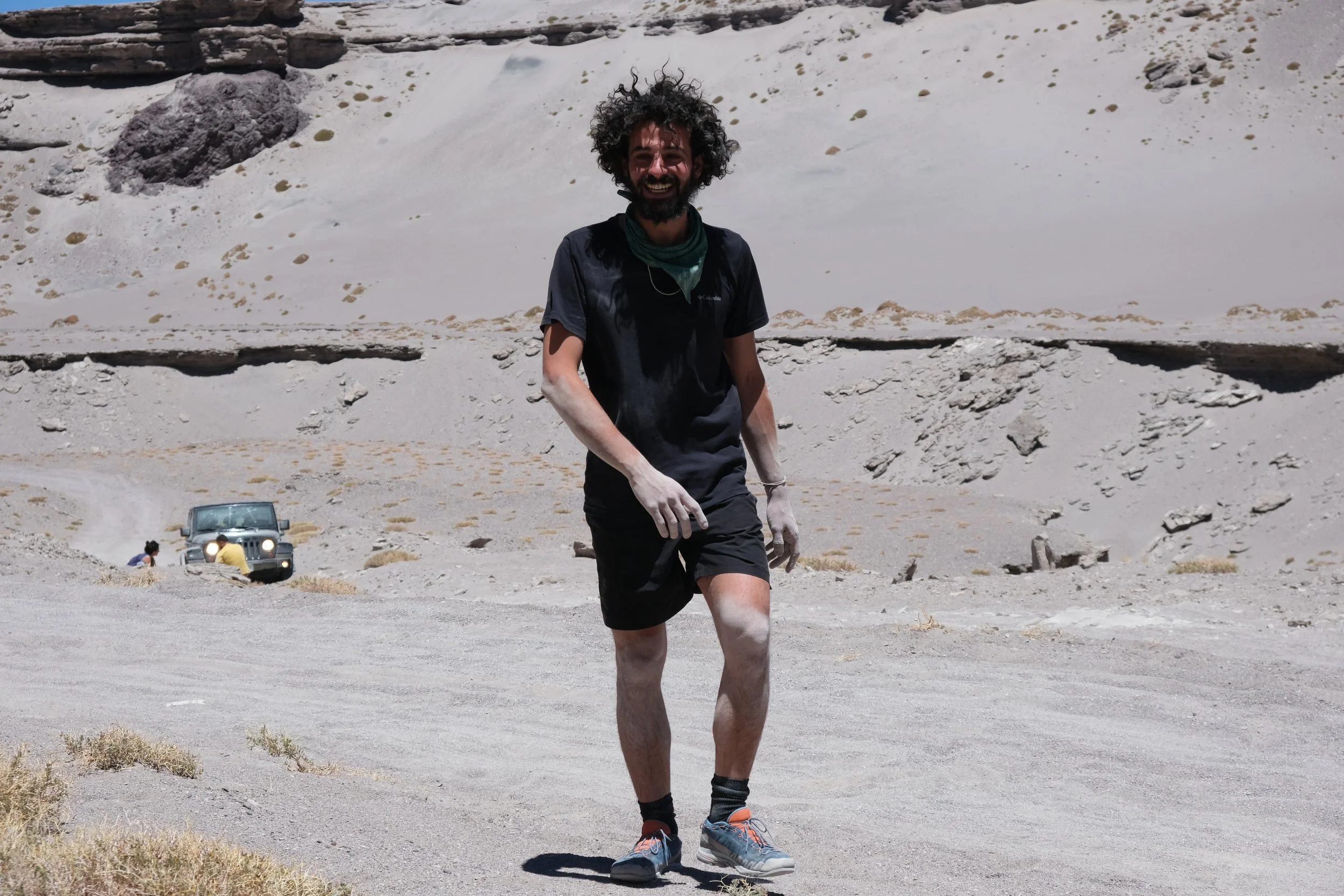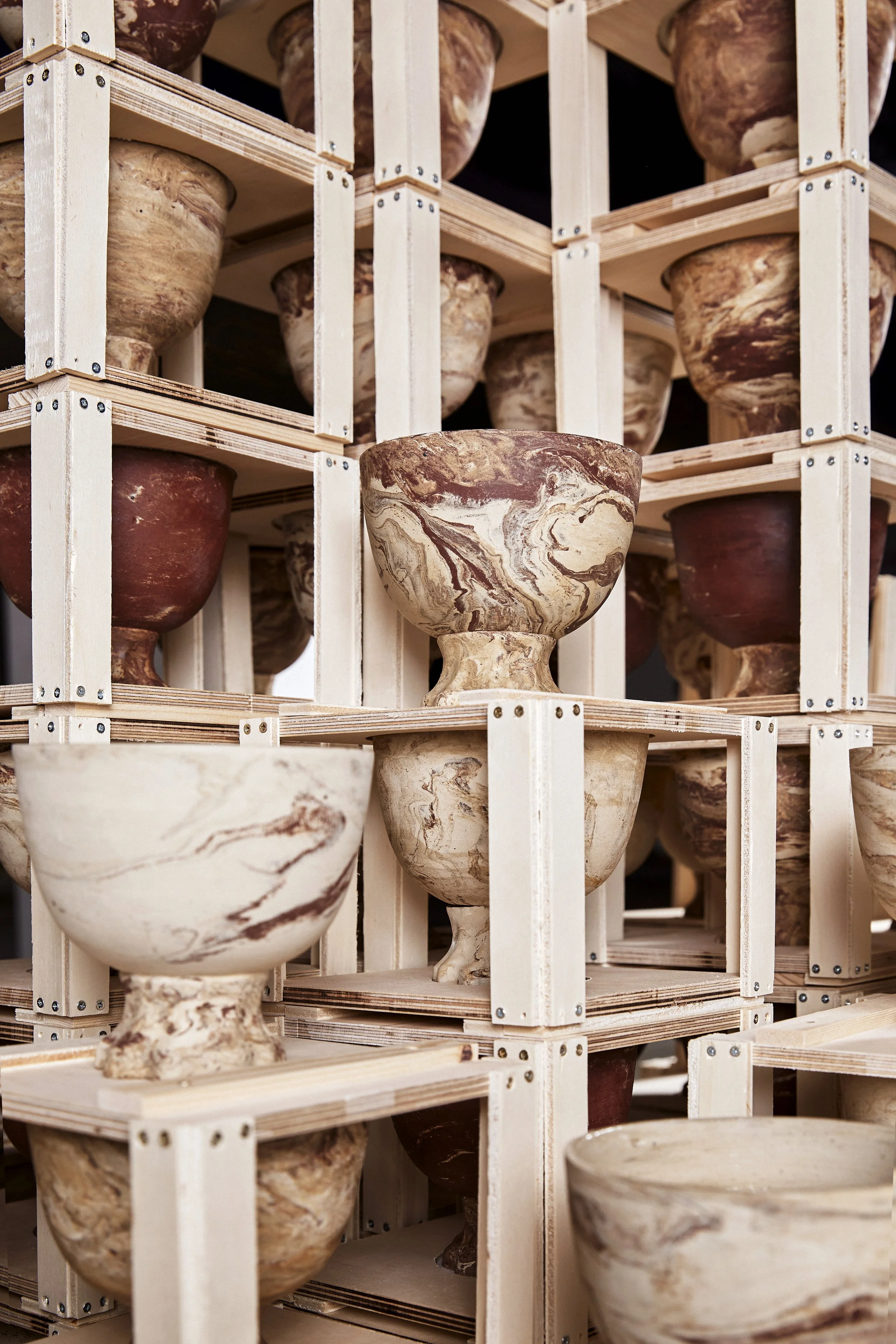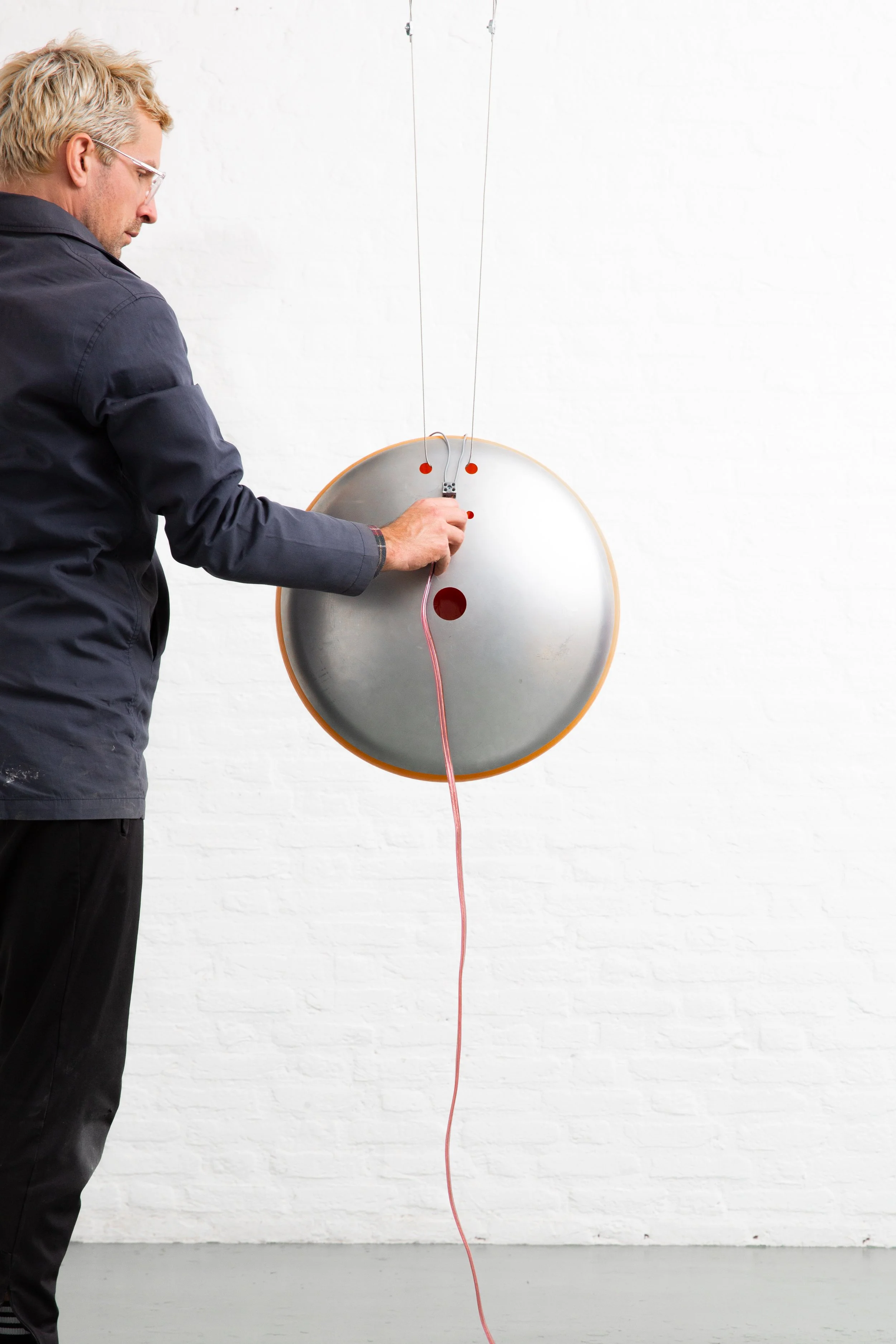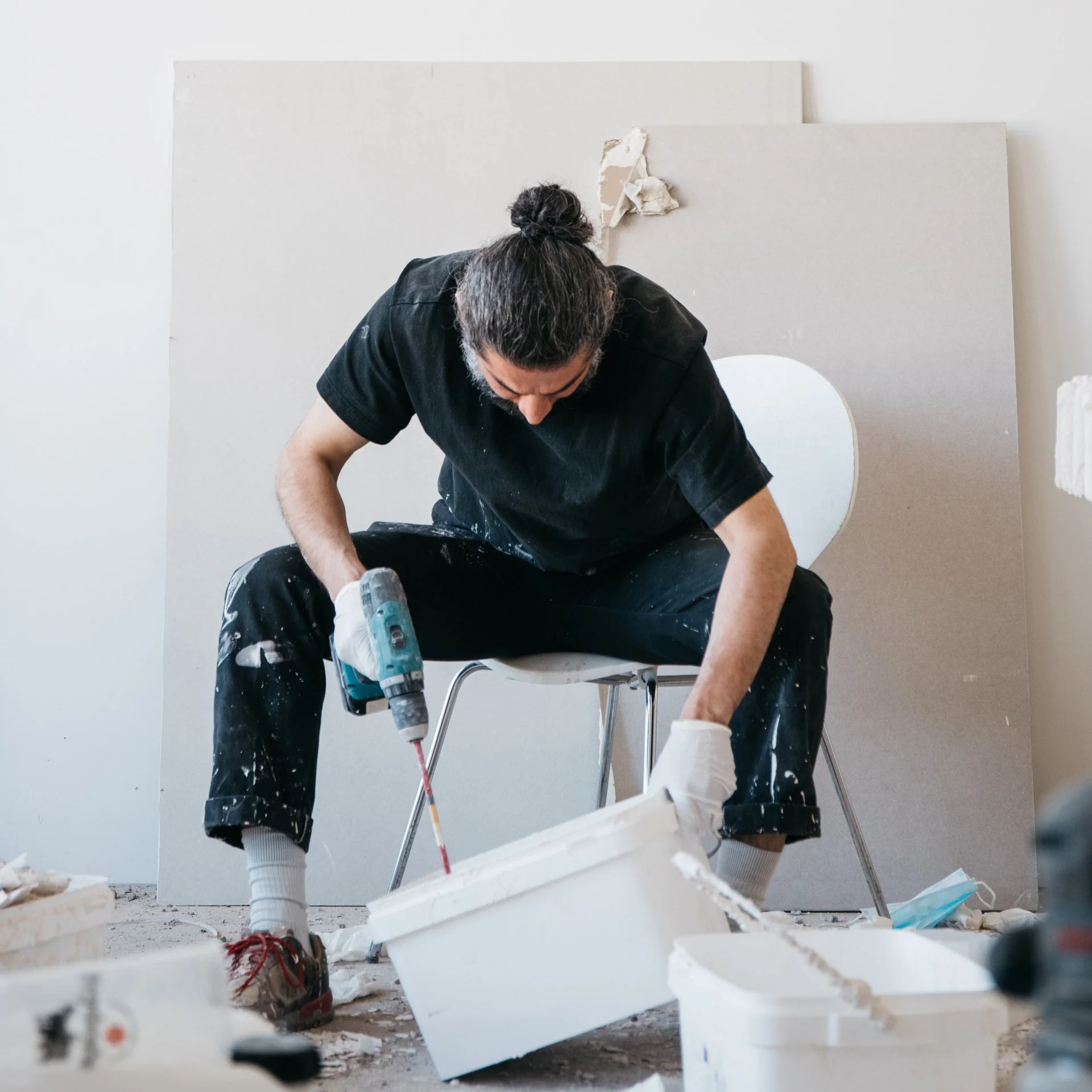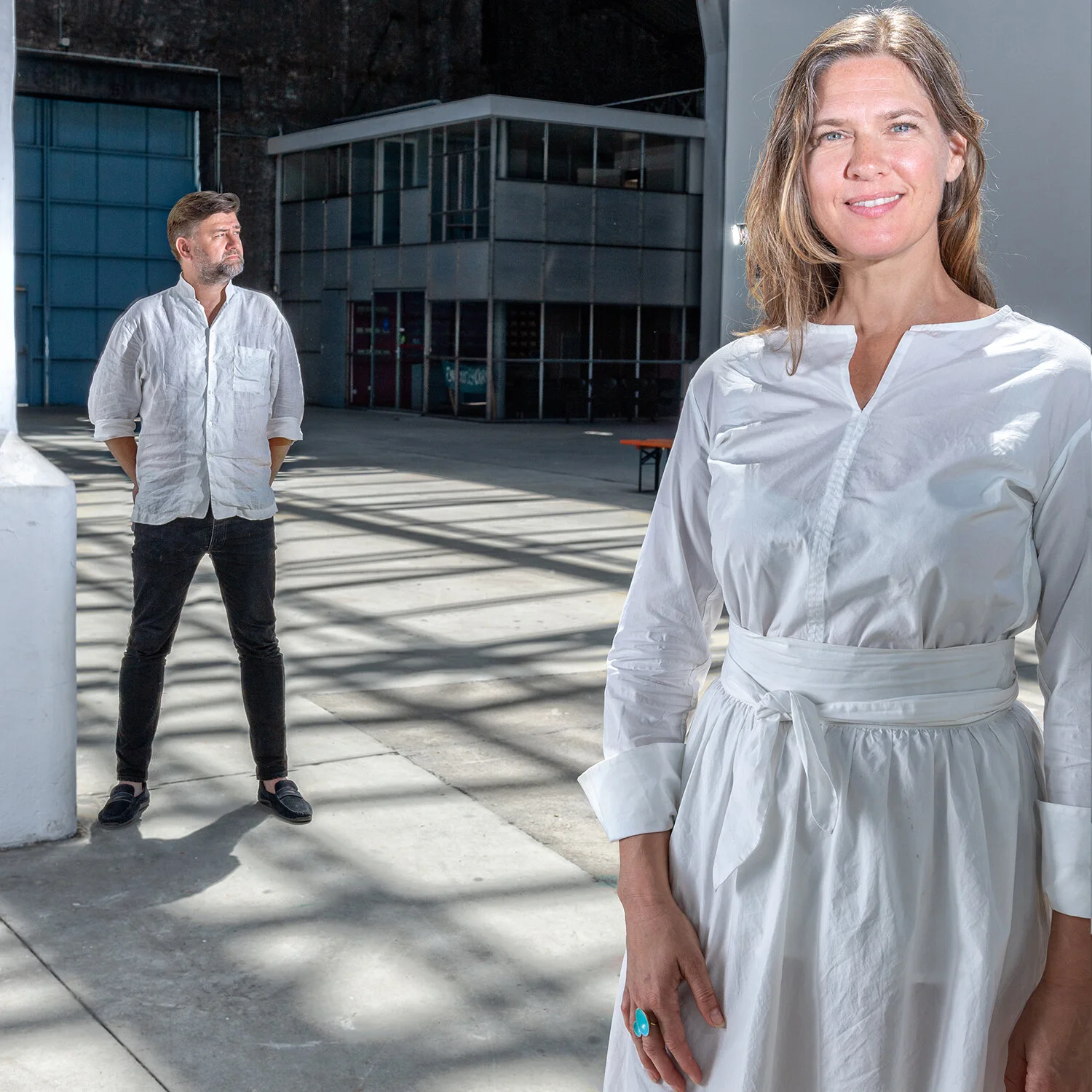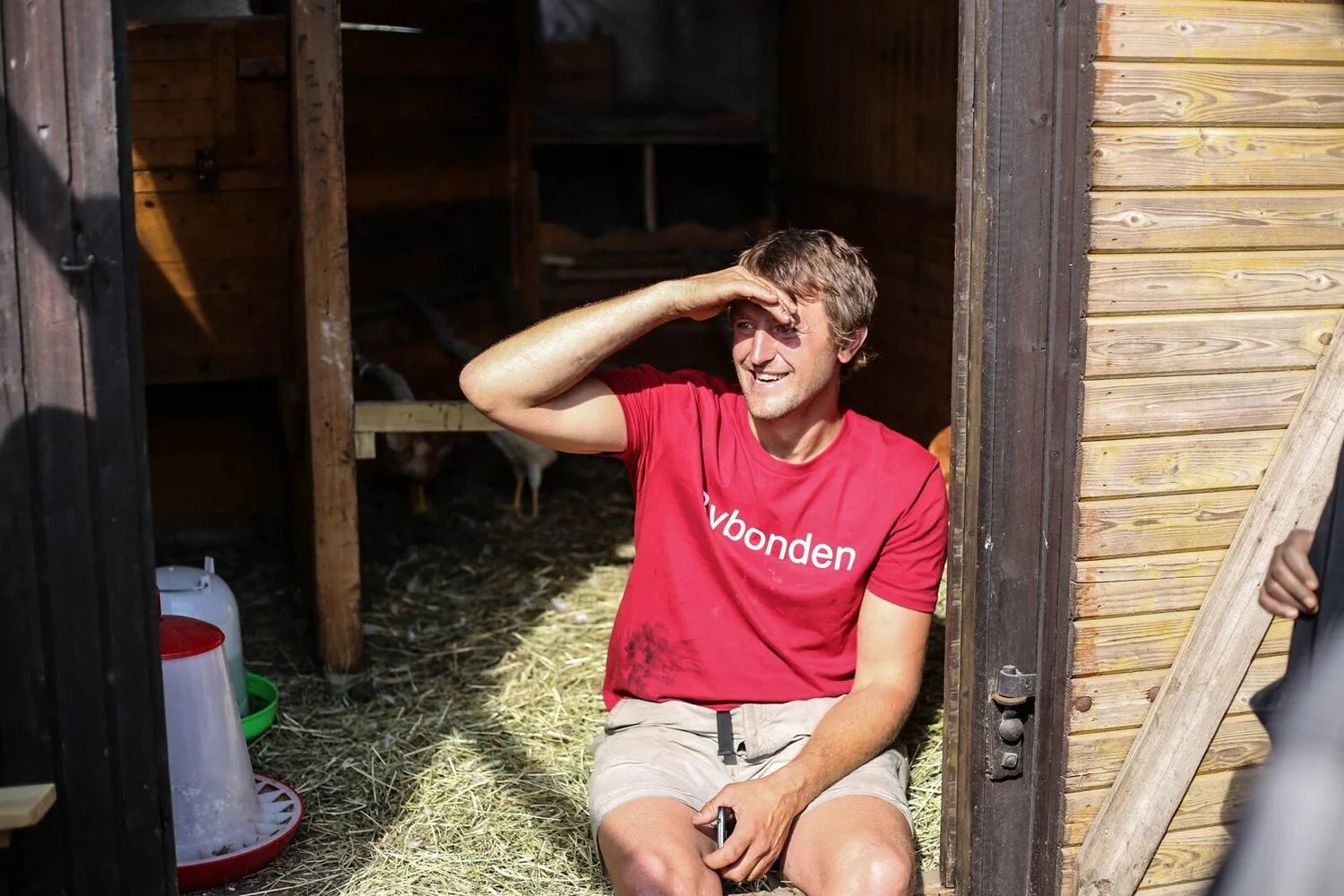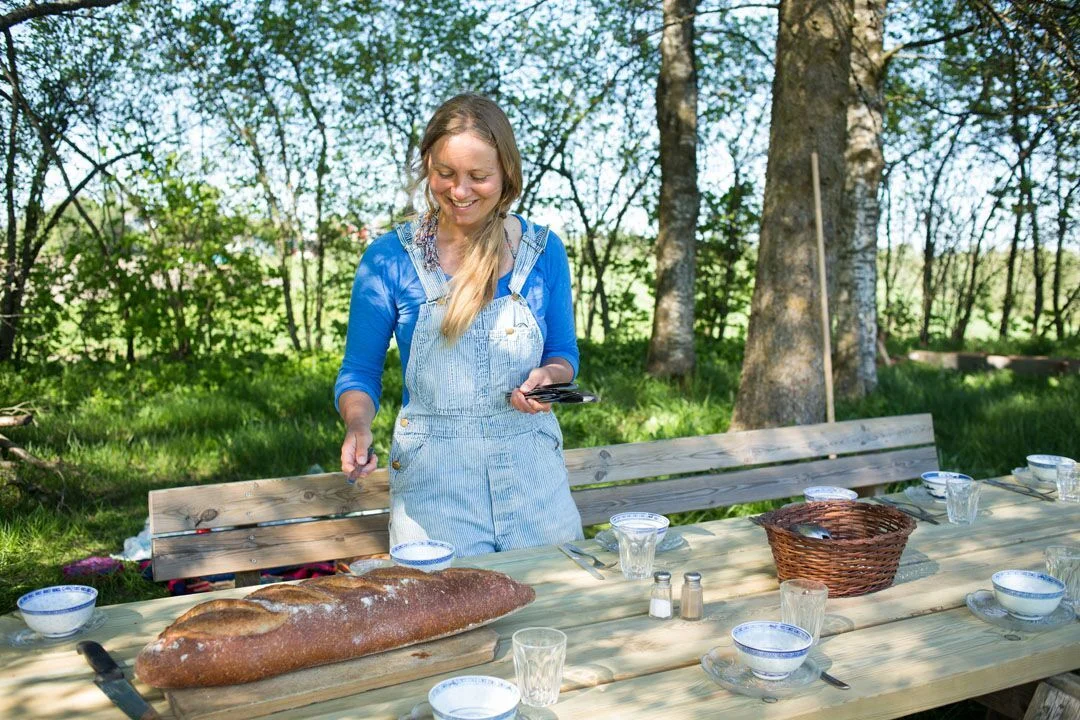Trude Myhre of WWF on the Tragedy of the Old Norwegian Forests
The notion of wood as the ultimate sustainable material has been a major part of the narrative of the Scandinavian Design movement. Obviously, in reality it is a complex matter - and the opionions are varied, depending on who you ask.
The Elementa blog have recently had the exciting pleasure to chat with scientist and activist Trude Myhre of WWF, whose daily work is to fight for the preservation of the unique old-growth forests in Norway - many of which are seriously threatened.
# What do you have right in front of you now and how does it relate to your mission as a scientist and an activist?
My computer. I would be helpless without it, it is my number 1 tool in my work to protect more forest. One might think that I am a lot outside and into the woods in my working hours, but mostly I write, lobby and work with the media – mostly through my computer. Luckily my work is also my hobby so I use my spare time to wander in the forest.
# How can you sum up the status of Norwegian and Scandinavian forest protection?
It’s a bit tragic actually. Norway which is famous abroad for its tropical rainforest billions and is seen as the big forest savior, have not been able to show the same courage at home. Norway has international obligations to save 17% of the forest, but has so far only protected 2,9%. This is much lower than many of the poorest countries in the world and also our neighbor countries Sweden and Finland which has protected around 5 %.
From the newly protected forest of Askilsåsen in 30 km south of Oslo.
# What’s so important about the old forests?
In Norway most species lives in the forest and half of the threatened species lives in forest. These species thrive in old and dead trees in the forest, but these kinds of trees are scarce in the forests today because of intensive forestry. In Norway only 2,4% of the forest is older than 160 years and that is very dramatic for the old forest living species. The problem is that we are clear cutting all the natural forests, making monocultures where few species thrive and log them again before they get old.
# What can non-politicians do to help the situation?
Become a member of all the non-governmental organizations working to increase the forest conservation, the more members we have, the more influence we get. Donate money if you have something extra. Vote for politicians that work to increase the conservation of forest. Decrease your environmental impact on the globe, almost all use of resources can be linked to forest – so each and every one of us can contribute by buying less, reuse, recycle, eat less meat etc.
You can also request FSC-certified wood procured from abroad (in Norway we don’t have a proper FSC-standard) for use in furniture and buildings. This is one of the few ways of ensuring a certain degree of sustainability in wood-based products.
Dead wood in all stages of decay. From the old-growth forest at Basevuovdi in Finmark, the northernmost county of Norway, bordering to Russia.
# You have probably spent a lot of time in the forest. How has that shaped you personally?
I grew up in a house in the countryside with the forest close by and used it as my playground when I was a child. Later I used it for hiking, find calm and get energized. I wrote my first open letter in a newspaper on forest in 1999 and has worked with forest conservation since, just with a study break – when I became a forest ecologist. So you understand forest is a big part of my life and I might be a little addicted. Nature is where I go when I need a break from everyday stress.
# What is your practical take on the sustainability of wood as a material in general? How can designers and manufacturers of goods be certain to contribute in the right direction when using wood?
Wood is an amazing material, can be used to almost anything and might be more sustainable than other materials, given certain criterias. Also scientists has found out that using wood is not carbon neutral as we learned in school twenty years ago, so using wood is not equal carbon mitigation. WWF and I are not against use of wood, but it is not necessarily sustainable or carbon friendly per se – like if it comes from one of the last old growth forests we have left and should have been protected as a nature reserve. The most important thing for designers and manufactures would be to ask for products not from old growth forest in need of protection. Unfortunately none of the current forest certification schemes in Norway now ensure that.
"Svartsonekjuke" fungus growing underneath trees that have been allowed to die and decompose in the forest. One of a multitude of species that may be extinct if the old-growth forests diminish.
# Please give a way a wonderful suggestion of your favorite place to experience the beauty of old forests in Norway?
One of my favourite places is Trillemarka in Buskerud, that is the largest forest reserve in Southern Norway with a great variety of forest types and threatened species. Also I’d like to mention the boreal rainforest along the coast of middle Norway, this is a unique forest type to Norway with global interest. Same for the very special limestone spruce forests of Nordland county along the river Vefsna, here it has been found new species to science and new species to Norway. All of them really worth a visit!
Read more about Trude and WWF's challenges with Norwegian forest protection on the website of WWF, where you can also find various ways to support this super important work: WWF Skog.
Elementa Conversations:








